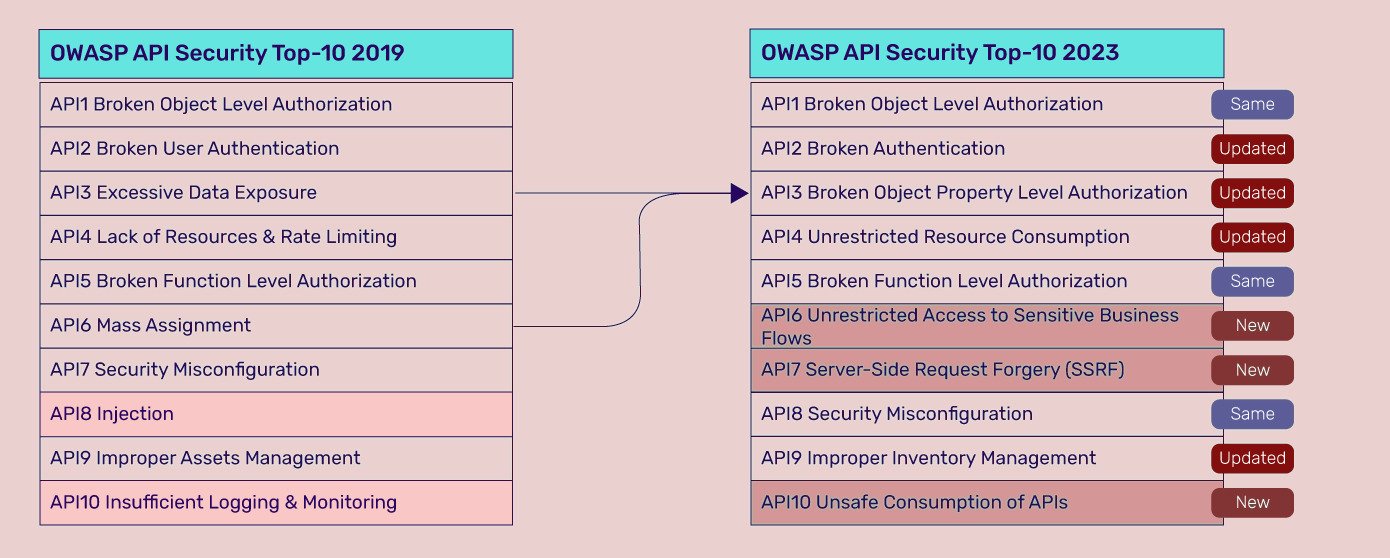Introduction Application Programming Interfaces (APIs) are the unseen motors that drive our networked environment in the digital age, where technology controls the beat of contemporary life. The foundation of the digital experiences we frequently take for granted is the smooth data exchange and functionality between programs made possible by APIs. But as these unseen links...
Introduction Security posture management is the constant assessment, monitoring, and improvement of an organization’s security measures and protocols. The process entails evaluating the effectiveness of security protocols, identifying vulnerabilities in security, and implementing strategies to enhance overall security measures. The main aim of Security Posture Management is to ensure that an organization’s security practices align...
Introduction Utilizing the Common Vulnerability Scoring System (CVSS), a framework that is known for its widespread recognition makes it much simpler to evaluate the potential risks posed by software system flaws. It helps quantify the severity and ease of exploiting security flaws, enabling businesses to prioritize fixing the most critical security holes. This article delves...
What is Application Security Vulnerability Management (ASVM)? Application Security Vulnerability Management (ASVM) is one of the most crucial yet very infamous parts of the security practices of organizations all around the globe. ASVM refers to the vulnerability management process of applications utilized by an organization as a part of its daily dealing with its clients,...
Understanding the danger posed by vulnerabilities is essential for cybersecurity and here CVSS comes into play. CVSS or Common Vulnerability Scoring System is a framework used to evaluate the severity of security vulnerabilities. It uses a set of metrics to calculate a score that represents the severity of that vulnerability. This methodology is employed to...
In today’s fast-changing digital world, the risk of cyberattacks is going up quickly. No matter how big or small, every organization is at risk of facing serious problems if they get hacked. A recent study found that cybercrime costs businesses worldwide a massive $1.5 trillion every year. This big number shows how important it is...
Cyberattacks are getting more sophisticated and common in today’s fast-paced and constantly changing digital space. Businesses need to address cybersecurity proactively to reduce these risks. Thus, Implementing a strong vulnerability management program accompanied by a powerful Vulnerability Management Dashboard is the key to achieving this goal. We’ll discuss the importance of vulnerability management dashboards and...
Introduction: What are identification and authentication failures? Vulnerabilities due to identification and authentication failures are determined by the flaws in applications’ authentication mechanisms, regardless of how robust or well-implemented they are. Prior to 2021, it was referred to in the OWASP Top Ten as “Broken Authentication,” but it now goes by its new moniker. Instead...
Application Security Posture Management (ASPM) is the process of identifying, managing, and mitigating security risks in an organization’s applications. It is a critical aspect of an organization’s overall cybersecurity strategy, as applications are often the primary entry points for cyber attacks. In this blog, we will discuss the importance of ASPM and how it can...
Introduction The thick client penetration testing tools are used in the penetration testing process of thick client applications that involve both local and server-side processing and are often conducted using proprietary protocols. The attack surface of thick client applications can be extremely large, which can make thick client testing a very exciting endeavor for pentesters....














